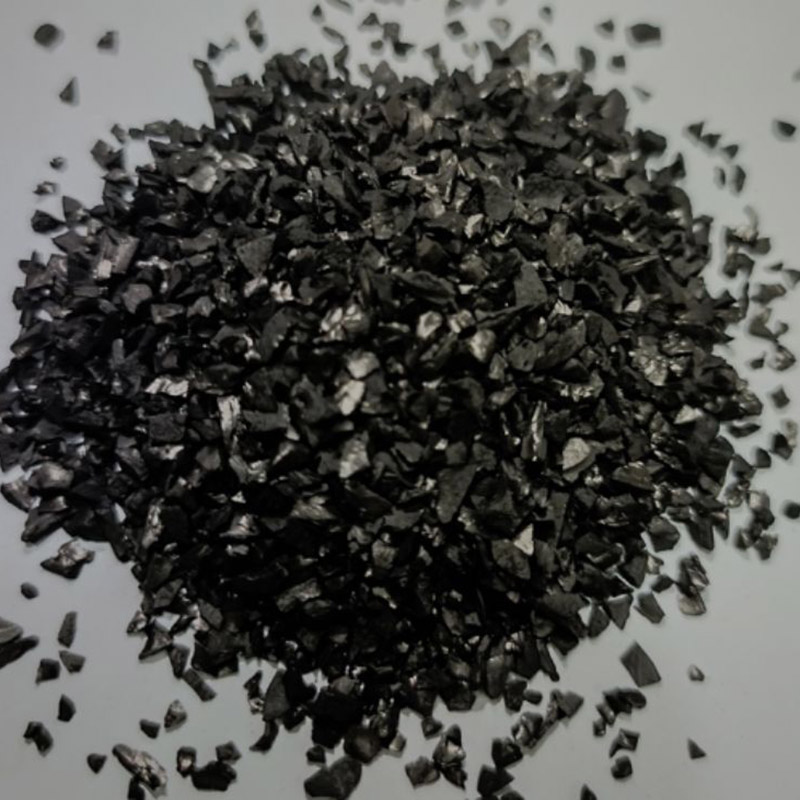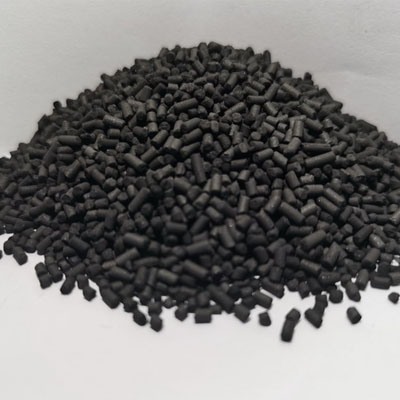Properties Of Activated Carbon
When selecting an activated carbon for a particular application, a variety of characteristics should be considered:
Pore Structure
The pore structure of activated carbon varies and is largely a result of the source material and the method of production.¹ The pore structure, in combination with attractive forces, is what allows adsorption to occur.
Hardness/Abrasion
Hardness/abrasion is also a key factor in selection. Many applications will require the activated carbon to have a high particle strength and a resistance to attrition (the breakdown of material into fines). Activated carbon produced from coconut shells has the highest hardness of activated carbons.
Adsorptive Properties
The absorptive properties of the activated carbon encompass several characteristics, including adsorptive capacity, the rate of adsorption, and the overall effectiveness of activated carbon.
Depending on the application (liquid or gas), these properties may be indicated by a number of factors, including the iodine number, surface area, and Carbon Tetrachloride Activity (CTC).
Apparent Density
While apparent density will not affect the adsorption per unit weight, it will affect the adsorption per unit volume.
Moisture
Ideally, the amount of physical moisture contained within the activated carbon should fall within 3-6%.


Ash Content
The ash content of activated carbon is a measure of the inert, amorphous, inorganic, and unusable part of the material. The ash content will ideally be as low as possible, as the the quality of the activated carbon increases as ash content decreases.
pH Value
The pH value is often measured to predict potential change when activated carbon is added to liquid.
Particle Size
Particle size has a direct effect on adsorption kinetics, flow characteristics, and filterability of the activated carbon.
Activated Carbon Production
Activated carbon is produced through two main processes: carbonization and activation.
Carbonization
During carbonization, the raw material is thermally decomposed in an inert environment, at temperatures below 800 ºC. Through gasification, elements such as oxygen, hydrogen, nitrogen, and sulfur, are removed from the source material.
Activation
The carbonized material, or char, must now be activated to fully develop the pore structure. This is done through oxidizing the char at temperatures between 800-900 ºC in the presence of air, carbon dioxide, or steam.
Depending on the source material, the process of producing activated carbon can be carried out using either thermal (physical/steam) activation, or chemical activation. In either case, a rotary kiln can be used to process the material into an activated carbon.
We are the main supplier in China, for price or more information welcome to contact with us at:
Email: sales@hbmedipharm.com
Telephone:0086-311-86136561
Post time: Aug-07-2025

